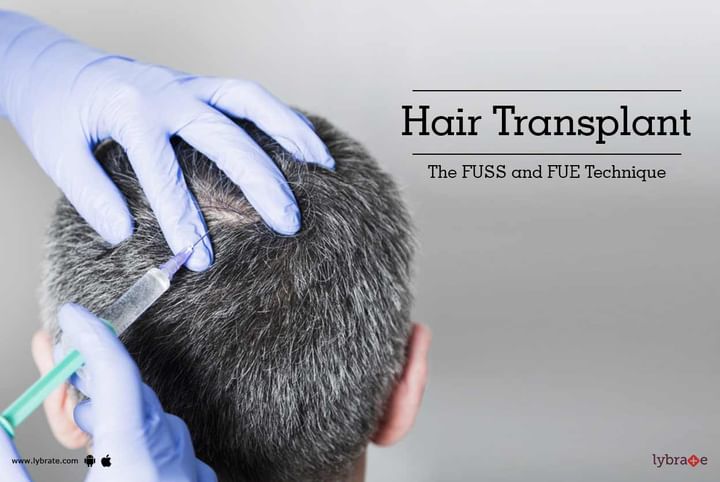Hair Transplant - The FUSS and FUE Technique
Thinning of hair and bald spots can be caused by a number of factors. Just as you can ‘erase’ wrinkles with cosmetic surgery, today, you can ‘fill’ bald spots with hair transplants. Hair transplants are a type of surgery which transplate hair follicles from one area to another. There are two types of hair transplant surgery; Follicular Unit Strip Surgery (FUSS) and Follicular Unit Extraction (FUE).
Follicular Unit Strip Surgery involves the removal of a 6-10” piece of skin from the back of your head. This is because the back of your head is genetically resistant to balding. This is then divided into thousands of tiny grafts each with a few strands of hair on them. For a Follicular Unit Extraction, the doctor will pluck individual hair follicles from the back of your head while you are under anesthesia. This can be done in a single session or multiple sessions depending on the amount of hair follicles needed and the surgeons’ experience. These are then prepared into grafts. The surgeon will then make holes or slits in the bald spot that is to be filled and carefully place one graft in each slit. Finally the scalp is bandaged. This process can take anywhere between 4-8 hours.
- Don’t worry, if you begin to see the transplanted hair fall out after 2-3 weeks. This is normal and will be followed by new growth in a few months. You may require a hair growing drug to improve hair growth rate after a hair transplant surgery. You should be able to see dense hair growth within 10-11 months.
- A hair transplant is not as painless as other forms of cosmetic surgery. Most patients require pain medication for several days after the surgery. Your scalp will feel very tender for the next few days and you may also require anti inflammatory drugs. However, you should be able to get back to work within a week.
- There are minimal risks associated with this procedure. In some cases, the patient may experience hair fall from the area where the transplant was taken. This is usually temporary and is known as ‘shock loss’. There may also be slight inflammation when the new hair follicles emerge. This can be effectively treated with antibiotics.
- A hair transplant surgery does not guarantee that your hair will stop falling. Hence, in some cases, you may need to undergo the procedure again to hide bald spots. If you wish to discuss about any specific problem, you can consult a dermatologist.



+1.svg)
